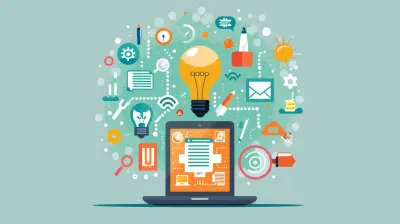How 3D Printing is Enhancing Hands-On STEM Education
17 June 2025
Introduction
Imagine a classroom where students don’t just read about engineering concepts or chemistry models but actually create them right in front of their eyes. Sounds like something out of a sci-fi movie, right? Well, thanks to 3D printing, this is becoming a reality in STEM (Science, Technology, Engineering, and Mathematics) education!
Gone are the days of learning purely through textbooks and lectures. With 3D printing, students can bring their ideas to life, making learning more interactive, engaging, and—dare I say—fun! Let’s dive into how 3D printing is making waves in hands-on STEM education and why it’s such a game-changer. 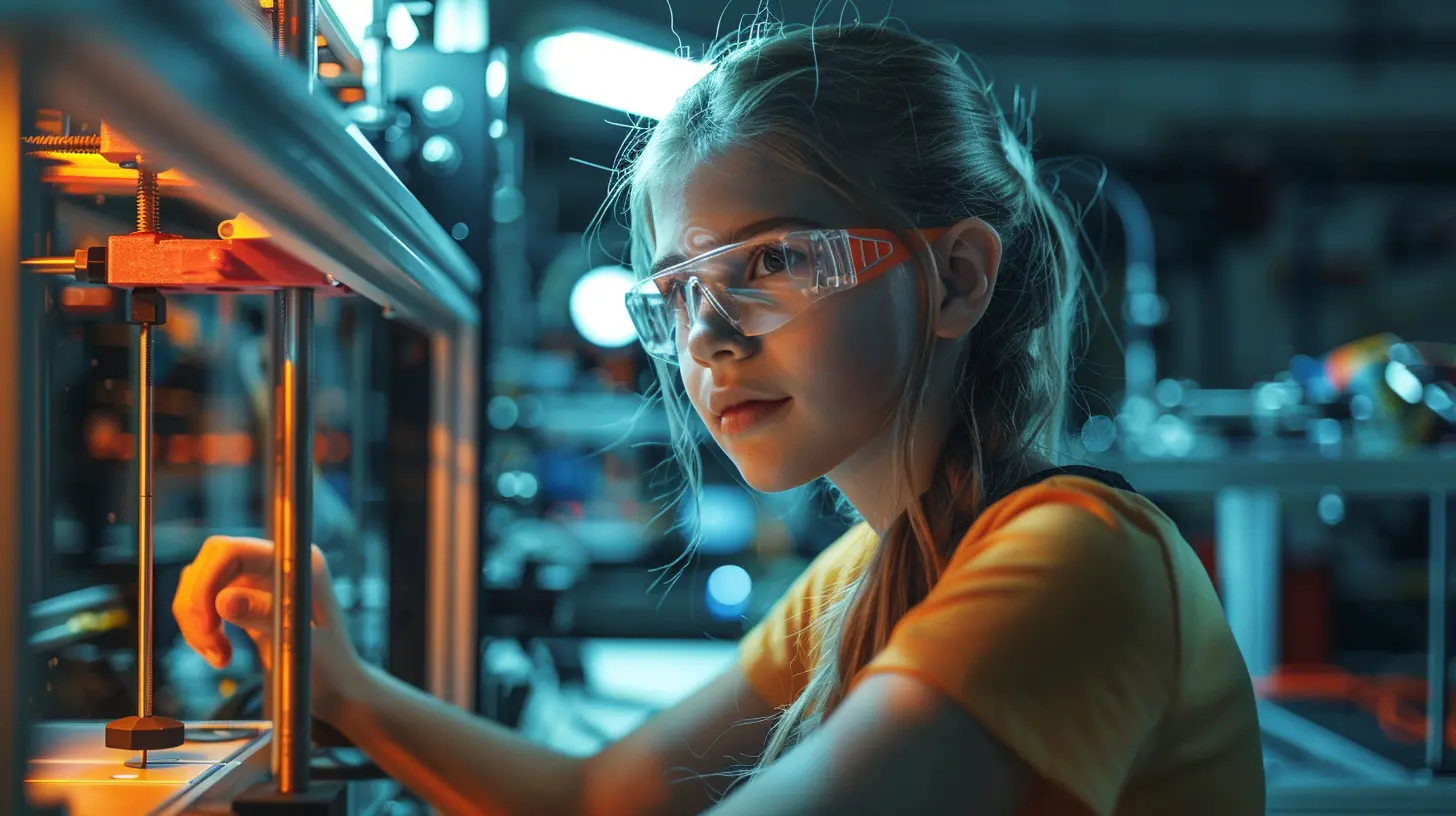
What is 3D Printing?
Before we get into the nitty-gritty of how it’s transforming education, let’s talk about what 3D printing actually is.In simple terms, 3D printing is the process of creating three-dimensional objects from a digital file. It works by layering material—usually plastic, resin, or even metal—until the object takes shape. Think of it like building a sandwich, one slice at a time, until you have a fully formed burger!
This technology isn’t just for engineers or scientists; it’s now becoming a staple in classrooms, helping students grasp complex concepts in a way that's hands-on and practical. 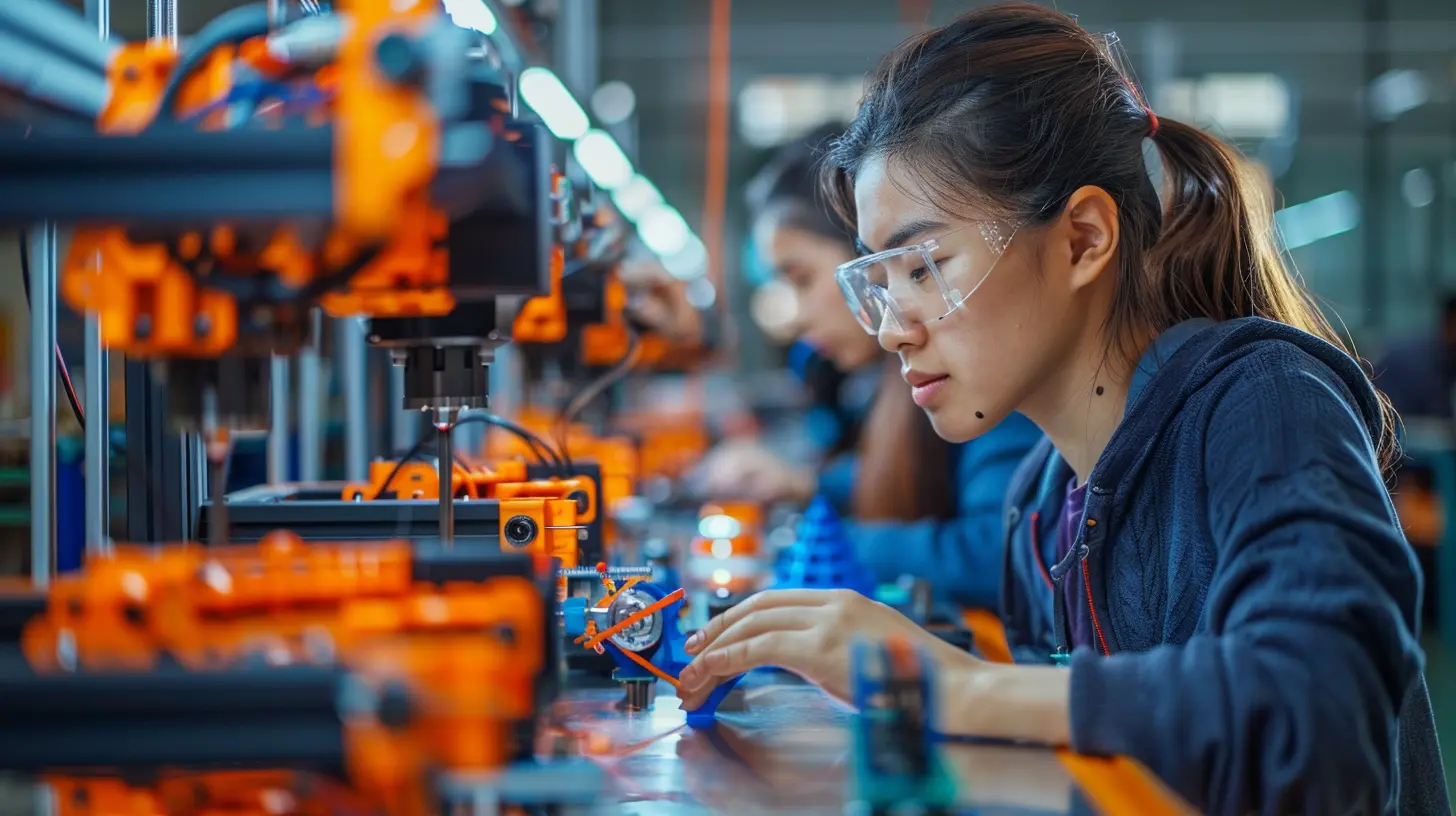
Why Hands-On Learning Matters in STEM Education
We’ve all been there—reading about a cool science experiment in a textbook, wishing we could actually do it rather than just imagine it. Hands-on learning solves this dilemma by letting students actively participate in their education rather than passively observing.Research has shown that students retain information better when they engage in practical learning experiences. It’s the difference between reading about how an engine works and actually taking one apart to see its components firsthand. And with STEM subjects being notoriously tricky for many students, anything that makes understanding concepts easier is a win in my book! 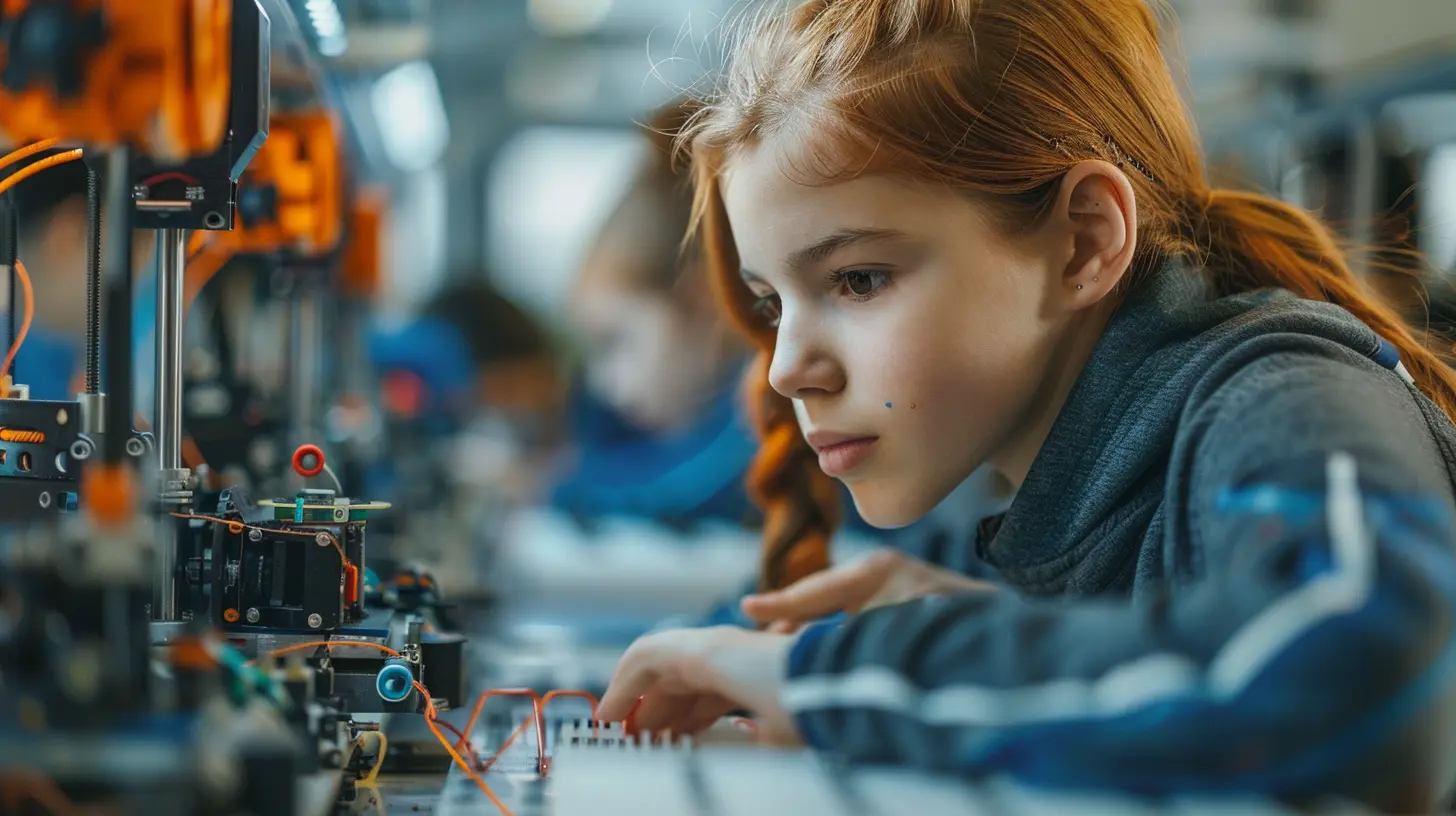
How 3D Printing is Enhancing Hands-On STEM Learning
1. Making Abstract Concepts Tangible
Math and science often involve abstract ideas that can be tough to visualize. Ever tried to imagine how DNA is structured or how geometric shapes work in real life? With 3D printing, students can actually create models of these concepts, making them easier to grasp.For example, instead of just looking at a 2D diagram of a molecule, students can print a 3D model and physically manipulate it. It’s like turning a confusing jumble of lines and letters into something you can hold and examine from all angles!
2. Encouraging Creativity and Innovation
STEM isn’t just about learning facts; it’s about solving problems and coming up with creative solutions. 3D printing gives students the tools to design, prototype, and test their own ideas.Want to design a better bridge? Print a mini version and test its strength! Curious about how prosthetic limbs work? Try building one in class! This hands-on approach not only reinforces engineering and design principles but also encourages students to think outside the box—literally.
3. Bridging the Gap Between Theory and Reality
One of the biggest challenges in STEM education is connecting theoretical knowledge to real-world applications. Students often wonder, “When am I ever going to use this in real life?”With 3D printing, the answer is clear: right now! Whether it’s creating anatomical models for biology, designing rockets for physics experiments, or printing circuit boards for electronics, students can see how their classroom learning translates into tangible, real-world technology.
4. Boosting Student Engagement and Motivation
Let’s face it—traditional lectures can be boring, and not every student learns best by listening or reading. 3D printing injects excitement into the classroom by making learning hands-on and interactive.Students get to see immediate results from their efforts, which keeps them engaged and motivated. When they print a design they’ve worked on, there's a sense of accomplishment that encourages them to keep experimenting and learning.
5. Promoting Problem-Solving and Critical Thinking
3D printing isn't just about pressing a button and watching magic happen. Students have to think through the entire process—from designing the model on a computer to troubleshooting errors in the print.Maybe their spaceship model isn’t structurally sound, or their printed robot hand doesn’t move as expected. These challenges force students to analyze problems, test solutions, and refine their designs—skills that are essential for any aspiring scientist, engineer, or tech guru.
6. Preparing Students for Future Careers
The job market is changing, and skills like 3D design and digital fabrication are becoming increasingly valuable. By incorporating 3D printing into classrooms, students get hands-on experience with cutting-edge technology, giving them a head start in careers ranging from engineering and architecture to medicine and fashion design.For example, medical students can print 3D models of organs to study before performing surgeries, while future architects can print miniature building designs to test their concepts. The possibilities are endless! 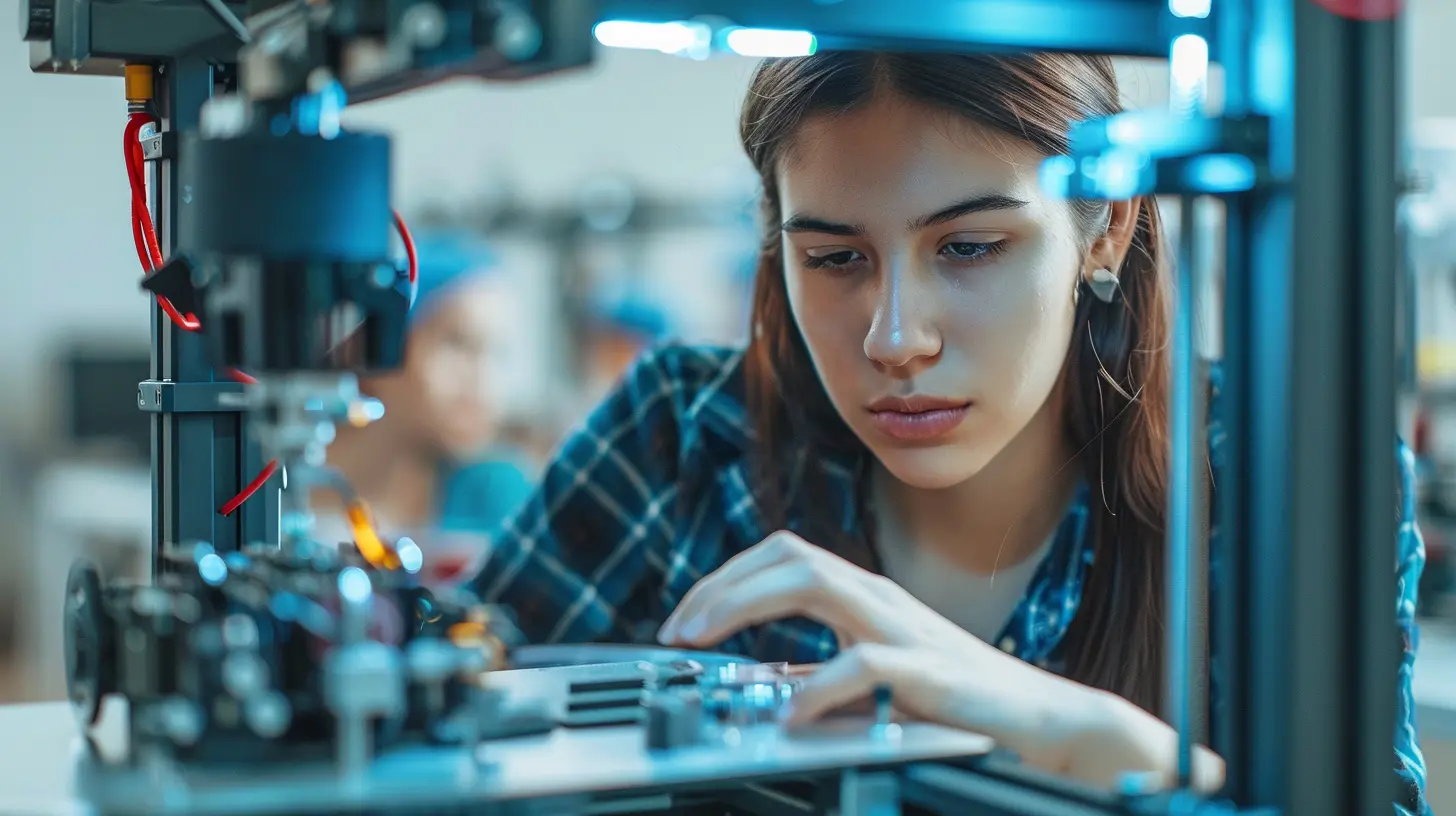
Real-Life Examples of 3D Printing in STEM Education
Now that we’ve covered the benefits, let’s look at some real-life ways 3D printing is being used in classrooms across the world:- Biology Classes: Students print models of human organs, DNA structures, or plant cells to study their intricate details.
- Physics and Engineering: Schools use 3D printing to create prototypes of bridges, gears, and mechanical systems to test different designs.
- Chemistry Lessons: Molecular structures can be printed so students can visualize how different elements bond together.
- Robotics and Coding: 3D-printed robot parts allow students to design and build their own functional robots.
- History and Archaeology: Some schools print replicas of historical artifacts and fossils, giving students a chance to examine them up close.
How Schools Can Integrate 3D Printing into STEM Curriculums
If you're a teacher or educator looking to introduce 3D printing into your classroom, here are some practical steps to get started:1. Start Small – You don’t need state-of-the-art equipment to begin. Even a basic 3D printer can introduce students to the fundamentals.
2. Incorporate Design Software – Programs like Tinkercad and Fusion 360 are beginner-friendly and great for students to create their own models.
3. Encourage Project-Based Learning – Let students work on real-world projects like designing eco-friendly products or creating assistive devices for people with disabilities.
4. Collaborate with Other Subjects – 3D printing isn’t just for STEM; it can be incorporated into art, history, and even language classes through creative projects.
5. Provide Hands-On Workshops – Organize hands-on sessions where students can experiment with 3D printing technology and understand its practical applications.
The Future of 3D Printing in Education
With advancements in 3D printing technology, the future of education is looking pretty exciting. Imagine classrooms where students can print entire ecosystems, customize their learning tools, or even create their own inventions.In the near future, we might see more affordable, faster, and even more versatile 3D printers in every school, making STEM education more accessible to students worldwide. If 3D printing continues to evolve at its current pace, who knows? We might even see students printing their own school supplies one day!
Conclusion
3D printing is revolutionizing STEM education by making learning more interactive, hands-on, and engaging. From helping students understand abstract concepts to preparing them for future careers, this technology is a powerful tool that brings education to life—quite literally!So, whether you’re a teacher looking to spice up your lesson plans or a student excited about getting hands-on with science and engineering, 3D printing is an incredible way to dive deeper into STEM subjects. Who knew learning could be this fun?
all images in this post were generated using AI tools
Category:
Innovation In EducationAuthor:

Olivia Lewis
Discussion
rate this article
2 comments
Cadence Mathews
This article brilliantly highlights how 3D printing revolutionizes STEM education by providing students with tangible, interactive learning experiences. It fosters creativity and problem-solving skills, making complex concepts accessible and engaging for young minds.
June 23, 2025 at 2:25 AM

Olivia Lewis
Thank you for your insightful comment! I'm glad you found the article highlights the transformative impact of 3D printing in STEM education. It truly opens up exciting learning opportunities for students!
Zephyros Maddox
Fascinating insights! I’m intrigued by how 3D printing transforms traditional STEM education. What specific projects or success stories have emerged from this integration? Additionally, how do educators ensure students grasp both the technical and creative aspects of design? Can’t wait to learn more about its impact!
June 18, 2025 at 10:49 AM

Olivia Lewis
Thank you for your interest! Successful projects include student-designed prototypes for real-world problems and collaborative engineering challenges. Educators encourage grasping both technical and creative aspects through hands-on projects, design thinking principles, and cross-disciplinary teamwork. Excited to share more about its positive impact!
